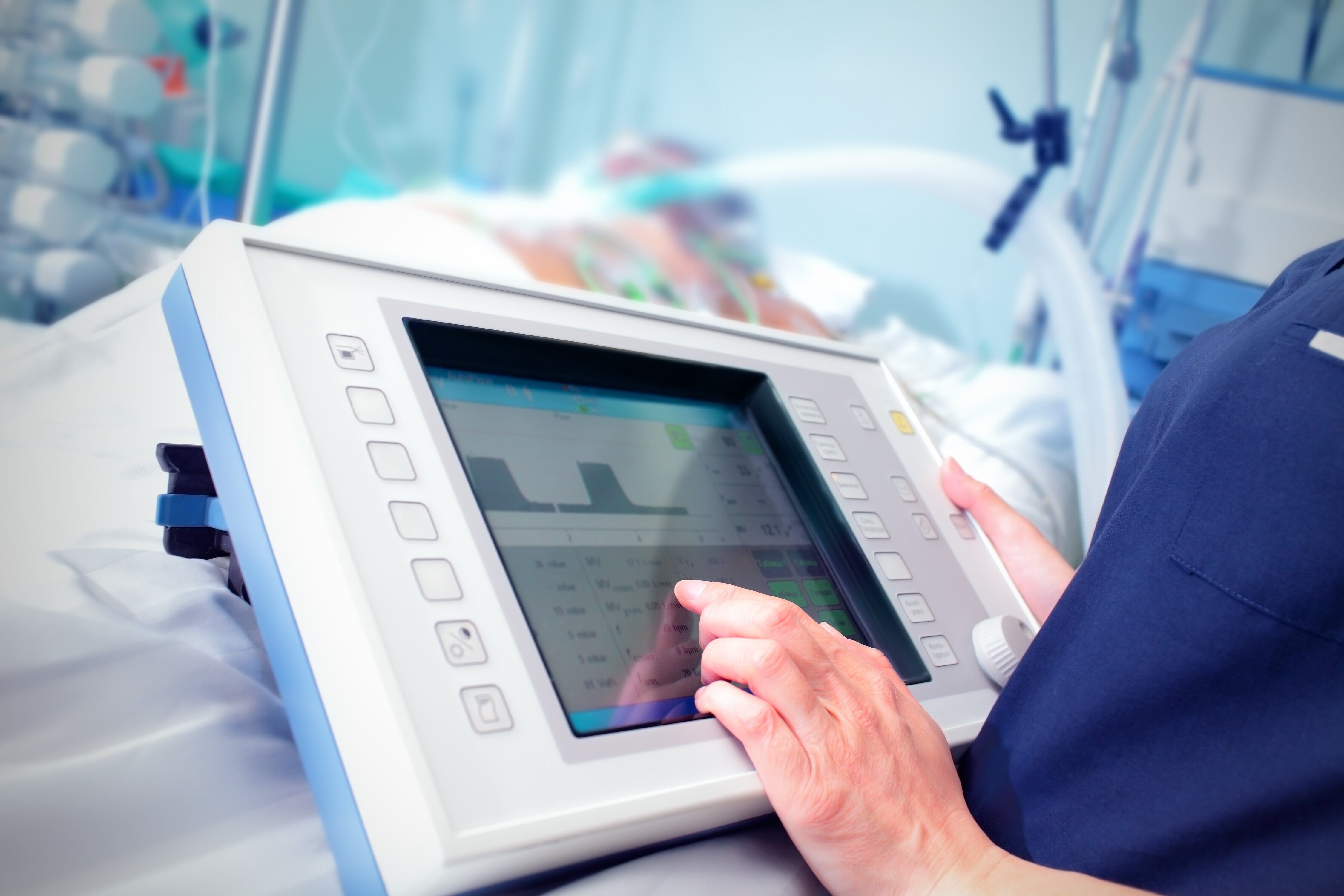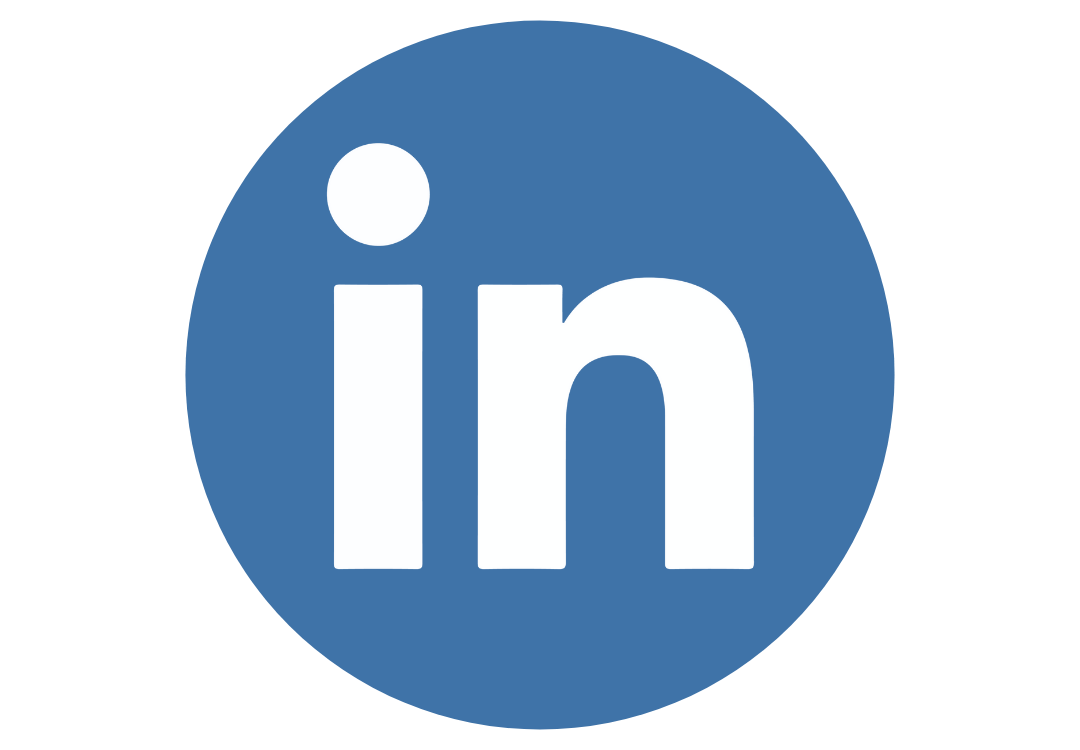Switzerland (Head Quarters)
IDR Medical Switzerland
Austrasse 95, CH-4051 Basel, Switzerland
T:
+41 (0) 61 535 1109
UK
IDR Medical UK
Unit 104 Eagle Tower, Eagle Tower
Montpellier Drive, Cheltenham, GL50 1TA
T:
+44 (0) 1242 696 790
USA
IDR Medical North America
225 Franklin Street, 26th Floor
Boston, Massachusetts 02110, USA
T:
+1 (0) 617.275.4465

Usability testing 101
Usability testing is a critical component of new product development in the medical device industry. In its simplest form, it is the process of understanding how easily your target audience find it to use your product or service. It typically consists of test sessions which allow physicians, nurses, therapists, technicians and patients to trial medical devices and deliver feedback, to ensure no design detail is missed and “no stone is left unturned” in the development process.
Done properly, user experience testing in medical device market research can reveal deep insights about user interaction with a device and positively influence design, making the development process as smooth and straightforward as possible. This means that the end-product will be safe, effective, appealing and user friendly, ensuring a successful market launch and strongly positive uptake.
Why usability testing is so important
The purpose of usability testing is to observe user interaction with a product and identify any problems that would prevent it being used safely, efficiently and effectively. In medical device testing the overriding concern is patient safety given that injury and potentially death can result from errors in device design, of significant importance, is the interaction between the user and the device. By understanding more about design and how people use such devices, medical errors can be reduced, thereby saving lives.
In addition, usability testing in medical device market research can allow one to expose and fix any design flaws before product clinical trials and to get an early understanding of the user experience that may influence product adoption. The importance of getting the usability of medical devices right is extremely high; if the device or product is not intuitive and easy to use, no matter how good the idea or technology is, bad user experience will slow uptake. This is especially important in today’s health care environment, where the push towards home monitoring and remote treatment requires the patient device interaction to be as smooth and error-free as possible.

Furthermore, usability testing also allows a company to test prototype design concepts, comparing them to the competition and identifying what improvements could be made to increase customer satisfaction and usage rates. Finally, it can show a manufacturer how user variability (i.e. age, strength, education and training of users) as well as the intended environment of use (e.g. hospital wards, surgery or ambulances) can influence the success of a new product.
Elements and Benefits of Usability Testing
Usability testing encompasses computer simulations, laboratory-based experiments, simulated and real-world scenarios. It has value in all types of product and medical device development, from websites and software applications to physical products such as MRI machines and remote devices (e.g. glucose monitors and home dialysis units). In addition, one can also conduct usability testing on drug device combinations and pharmaceutical packaging. Therefore, it goes without saying that a manufacturer that is about to launch a new product should run usability tests on every element that requires user interaction.

These initiatives would undoubtedly result in the following benefits:
Understanding everyday usability
In order to understand the usability of a device, it’s important to understand how patients and healthcare professionals interact with it on a daily basis. For prototypes (i.e. before regulatory approval), medical devices cannot be used on patients or in actual healthcare settings. In these instances, IDR Medical utilises 2 approaches:
- Clinical simulation centres: These venues replicate the actual clinical environment and provide opportunity to simulate complex workflows.
- Standard market research viewing facility: Most of our usability research projects are conducted in a standard viewing facility. While this approach does not provide a replica setting, nor does it attempt to mimic the working environment, it does offer a fairly cost-effective, convenient approach and opportunity for simultaneous translation, client viewing and video streaming
For approved products, by using market research methods such as ethnography, one can closely observe how people use a device or product and identify any problems or issues. It is critical to asses the breadth of real-life situations, not just in a stress-free environment. For example, what happens when a busy nurse is called away in the middle of setting up an infusion pump? How likely are they to make a mistake when they return to complete the task?
Given global and national initiatives to move care away from the hospital for chronic conditions, patient-centric usability testing is becoming increasingly important. App-based solutions and video diaries are useful tools which are progressively being used.
Identifying unmet needs
Another important reason for conducting usability testing in medical device market research is that it allows researchers to identify unmet needs and make the necessary changes and improvements to their device. By getting closer to what patients and physicians really think, you can identify what drives them to use certain devices or how you can improve their usage of it. For example, a glucose monitor might be very technologically advanced, but if it is too complicated to use, too bulky to carry around or has a poor battery life, all these factors will impact how many people want to use it and how they use it.
Informing marketing strategy
Usability testing is also very useful for marketing managers to help them understand which marketing messages best resonate with patients/physicians and why. In addition, it can also help to improve communication strategies and supporting materials by allowing manufacturers to gain insights into their brand and improve relationships with customers. From which taglines are most compelling to whether the language is too technical, these insights are a great way to improve your product and portfolio offering.
In conclusion, whether you are researching new product development, supporting materials or communications with the end-user, usability testing is a vital part of your product development strategy. At IDR Medical, usability testing focuses less on front-end design, safety testing, and engineered human responses, and more on end-user experience and its relation to the value proposition and commercial success of the product.
Whichever methodology you decide to use, usability testing should be done early and frequently to generate the best results and gain actionable insights. Talk to us today about conducting market research and usability testing for your medical device!


